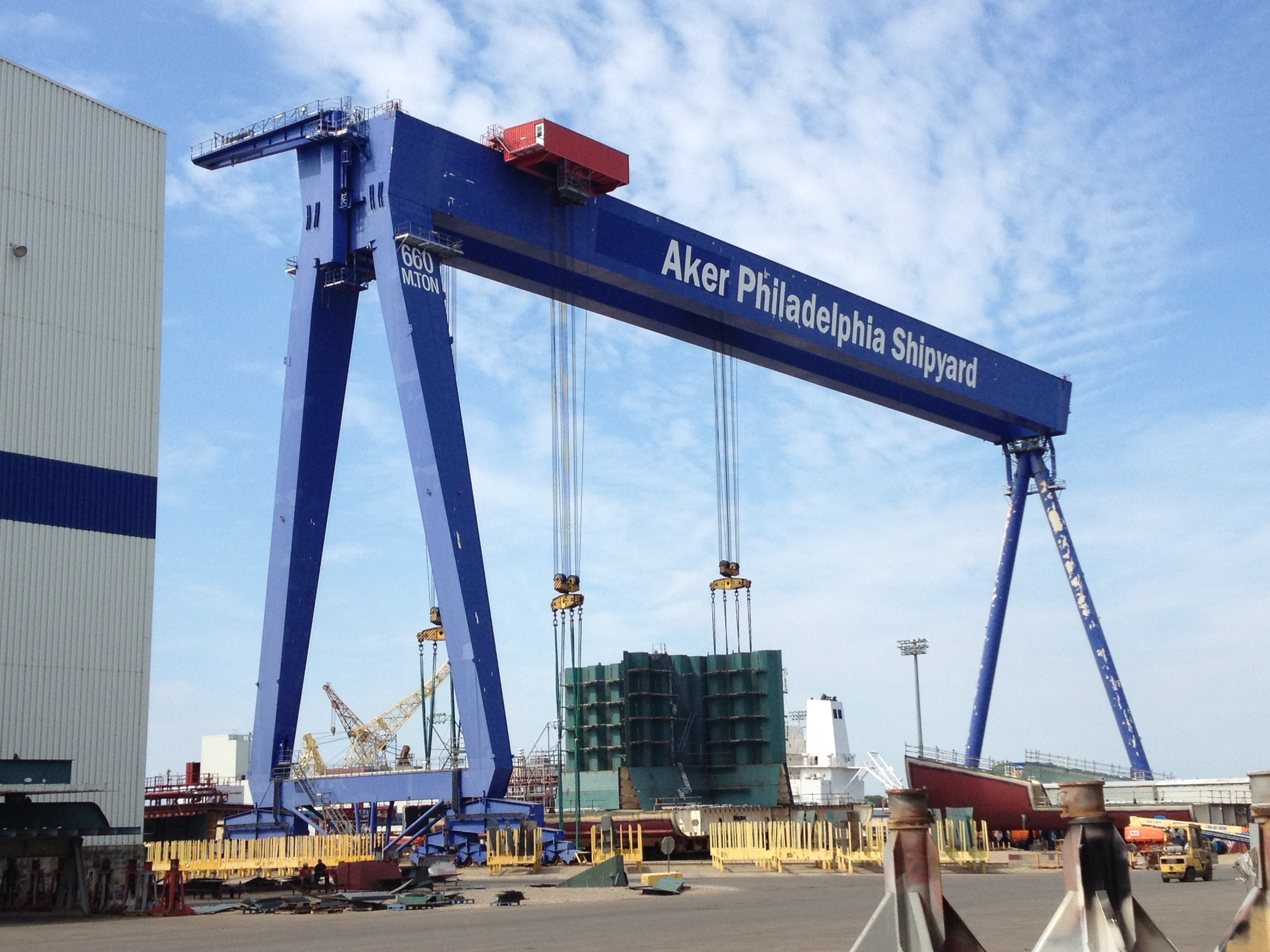Article originally published in Philly Biz in the September 2015 issue.
At one time, Philadelphia was the world leader in manufacturing. Since World War II, that dominance has diminished to the point where today, manufacturing makes up only about five percent of the region’s economy. According to a Brookings Institute study that ranks the 300 largest metropolitan areas by GDP per capita and job growth, the Philadelphia Metropolitan Area ranks 250th out of 300 and is one of 60 in that group that has been experiencing negative growth.
The Philadelphia economy of today is largely based on sectors such as education, healthcare and government, the so-called “eds, meds and feds” triumvirate. In recent years, these sectors have experienced flat or slow growth and face limited growth potential in the immediate future. Therefore, the questions must be asked: Can revitalizing a fourth sector, manufacturing, grow the region’s economy? What would it take to stimulate the growth of manufacturing in Philadelphia?
The answer to the first question is obviously “yes”; revitalizing the manufacturing sector would grow the economy because at five percent, this sector is still significant and offers the potential to become the economic engine that drives growth in other sectors. For example, growth in manufacturing would also grow jobs, real estate values, tax revenues to regional governments and many other benefits.
The answer to the second question about what it would take to revitalize manufacturing, is a bit more complex. To revitalize manufacturing requires focus, priority and commitment from a number of diverse groups. They will need to take a “long view” and weigh the potential benefits they can bring to their individual groups, to the region at large and to future generations. We believe that all groups will reap significant benefits from revitalizing manufacturing.
A key reason for making a manufacturing revitalization argument is that Philadelphia already has at hand many assets which can support the revitalization of manufacturing. These assets just need to be focused on achieving the goal of revitalization.
The Philadelphia region is located in the middle of the northeast market of the U.S. and is within a few hundred miles of about 50 million people, nearly 20% of the U.S. population. Philadelphia is a port city with access to U.S. and world markets. The city has a highly developed rail and highway system for moving raw materials and finished goods. The close proximity of Marcellus Shale natural gas and other energy resources gives Philadelphia additional unique features compared to other regions. The city also has an above average educated population and features the second highest number of institutions of higher education in the nation. Access to capital is also an advantage in that some of the largest financial institutions in the world are located within 100 miles of Philadelphia. In many respects, revitalization of manufacturing is the “low hanging fruit” of options available which can put our region on a growth track.
With Philadelphia’s unique advantages, what needs to happen to grow manufacturing? It is interesting to note that benchmarking those American cities that are most successful in growing their manufacturing sectors may not actually be that instructive, in that much of their growth comes from the auto industry growing in or relocating to those regions. Instead, we recommend looking within our region at some of the successful or potentially successful manufacturers and/or categories that are currently performing well here. These include larger manufacturers, such as those involved in energy production, as well as some of the smaller manufacturing industries, such as craft brewing, medical device manufacturing and others. How can make them even more successful and also stimulate the growth of additional manufacturing this area?
Ultimately, we believe stimulating growth in manufacturing is a leadership issue. The catalyst is the point when leadership concerns itself both in generating today’s results while also leaving a lasting legacy of accomplishment. To achieve this, our diverse group of leaders will need to cultivate a leadership culture such that their diversity of skills and experience will blend together behind this singular initiative. A leadership culture is an environment where leaders feel empowered and individually responsible for their activities, while also working together for the success of a larger goal or vision.
Such diverse segments as finance, unions, media, energy, government and others must decide to be committed to revitalizing growth in manufacturing as a top priority and then work within each of their areas to make it happen.
To accomplish this, leaders will need to redirect their outlook. Instead of competing to get a bigger share of the pie, leaders must work together to make the pie larger. These diverse groups must create synergies that will enable the Philadelphia region to compete and win in the world.
Ultimately, leadership must view revitalizing manufacturing as a legacy initiative. What kind of an economy and community will they grow for the future resulting from their actions today? Our region’s leadership has the power to own this opportunity and to nurture the revitalization of manufacturing to build a stronger economic base that will enhance the lives of our generations to come.
——–
Stan Silverman is a writer, speaker and advisor on effective leadership. He is the Leadership Catalyst at Tier 1 Group, a firm of strategists and advisors for preeminent growth. Silverman is vice chairman of the board of Drexel University, a director of Ben Franklin Technology Partners of Southeastern Pennsylvania and former president and CEO of PQ Corporation. Follow: @StanSilverman. Connect: Stan@SilvermanLeadership.com. Website: www.SilvermanLeadership.com
Leo Levinson is CEO of GroupLevinson Public Relations. He is a writer, speaker and marketing and brand strategist. Follow: @leoadman, Connect: Leo@grouplevinson.com Website: GroupLevinson.com

